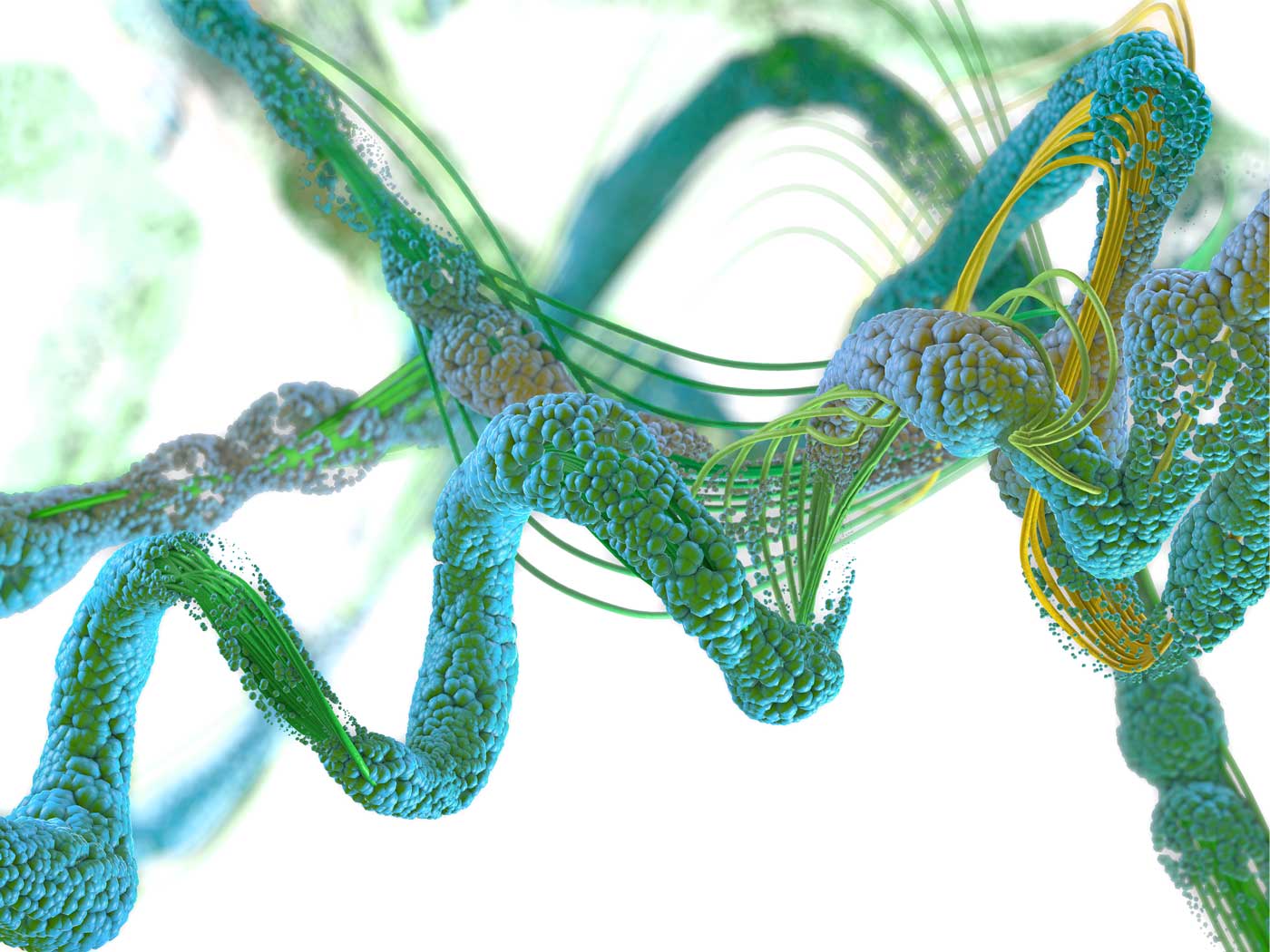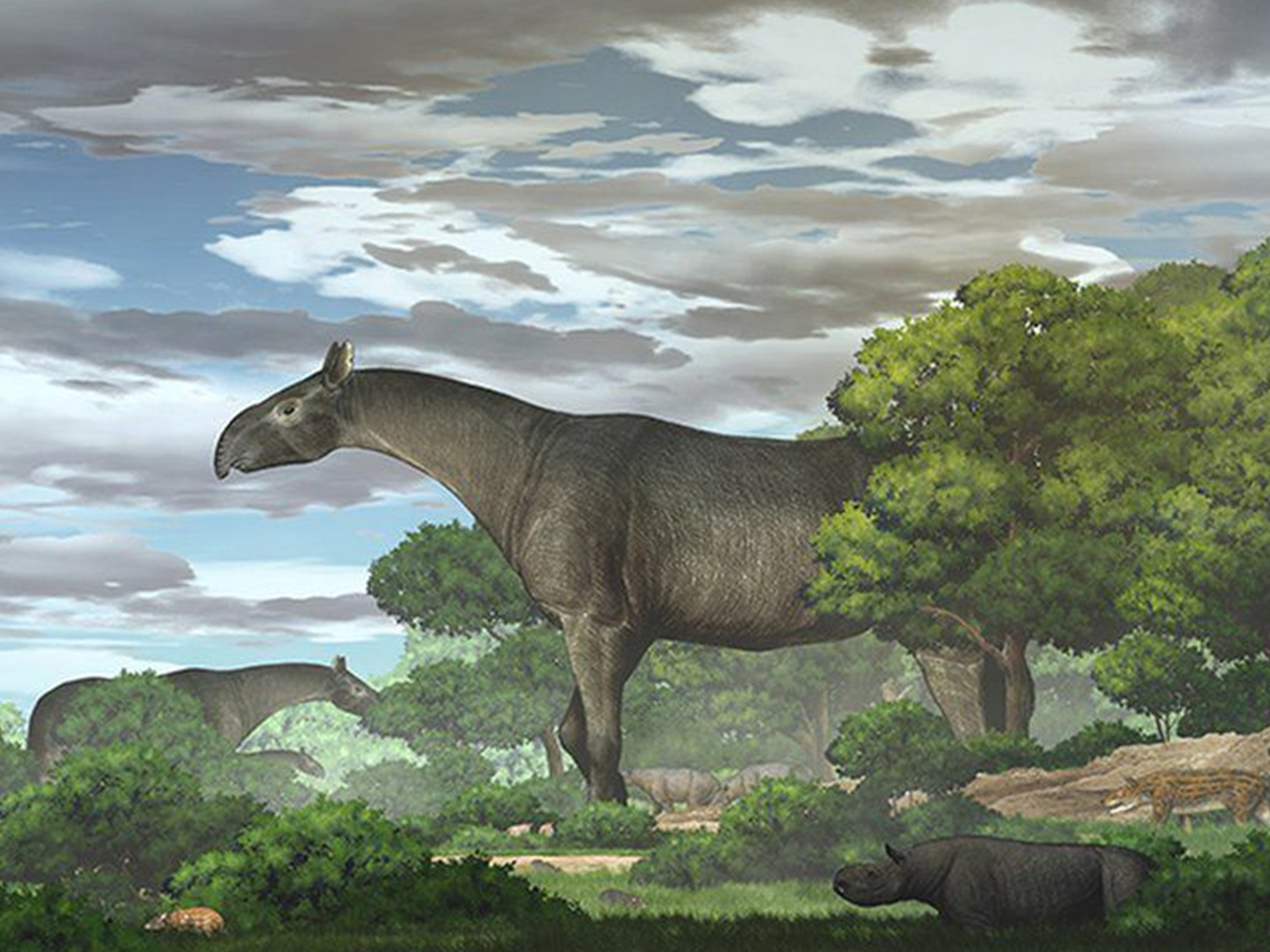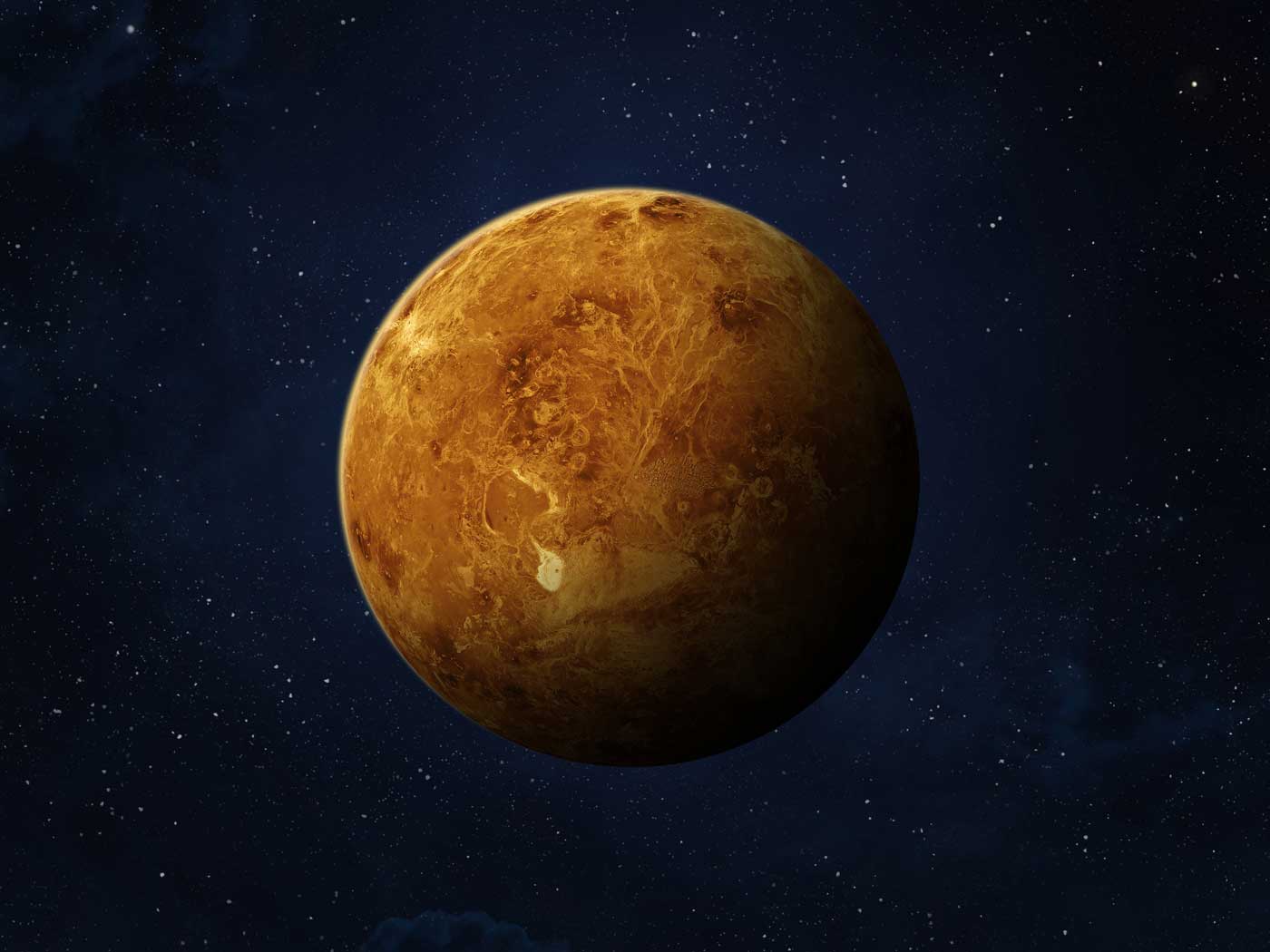"O Lord, how manifold are thy works! in wisdom hast thou made them all:
the earth is full of thy riches." (Psalm 104:24)
It's in all the textbooks. Every high school biology student is exposed to it. It's taught as if it were fact and "that all scientists agree." It's thought to be "proof" of evolution and yet—is it really true?
According to strict naturalistic evolution, life sprung from non-living chemicals on at least one occasion in Earth's past. It doesn't happen today because the atmospheric conditions are all wrong for life to form, but conditions must have been different in the past in just the right way for complex organic (i.e., carbon-based) molecules to come together.
Today's atmosphere contains abundant free oxygen (02), and this oxygen is absolutely essential for life's functions. Our lungs deliver oxygen to the blood where it traverses the body, reaching all of our 75 trillion cells. Furthermore, as O3, it comprises the ozone layer which protects all of life from destructive cosmic radiation.
But while oxygen is essential for life's continuance, oxygen destroys non-living organic molecules (the building blocks of life) at a much faster rate than they could possibly form. Thus, it is assumed in origin-of-life scenarios, that Earth's early atmosphere was a "reducing" atmosphere with no free oxygen ("oxidizing").
In 1953, University of Chicago graduate student, Stanley Miller, working with Nobel Prize Laureate Harold Urey, simulated what they proposed was the make-up of the early atmosphere in a brilliantly conceived laboratory experiment. This "reducing" atmosphere contained hydrogen (H), methane (H+C), ammonia (H+N), and water vapor (H+O), but no free oxygen. By sending an electric spark (simulating lightning) through the mixture they succeeded in producing some simple amino acids, the building blocks of life and other organic compounds, and claimed a great triumph for evolution. This concept continues to be propagated today in "every" textbook and is used in support of the evolutionary, naturalistic way of thinking.
But now with more knowledge it has become abundantly clear that Earth's atmosphere has always had free oxygen. Water vapor readily breaks down into hydrogen and oxygen. Furthermore, we find oxidized minerals in rocks of every supposed age. Cells, whose ancestors are thought to have pre-dated the evolution of photosynthesis, likewise contain evidence that they lived in the presence of oxygen.
There are other problems with the experiment as well. The amino acid mixture produced contained only a few of the many necessary for even "simple" life, but many not used by any life. All amino acids were of both left and right-handed varieties, while life uses only left handed. Since the spark which formed the amino acids would much more readily have destroyed them, they had to be purposely removed from the system in a trap, thus concentrated in a manner most unnatural. Furthermore, such molecules could not have been stable without an ozone shield surrounding Earth.
Let's review. The experiment had the wrong starting conditions. It employed the wrong methods. It yielded the wrong products. Other than that, it was a wonderful experiment!























